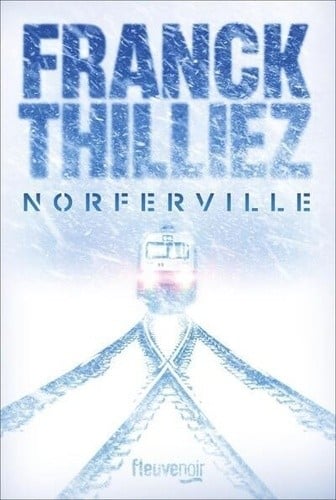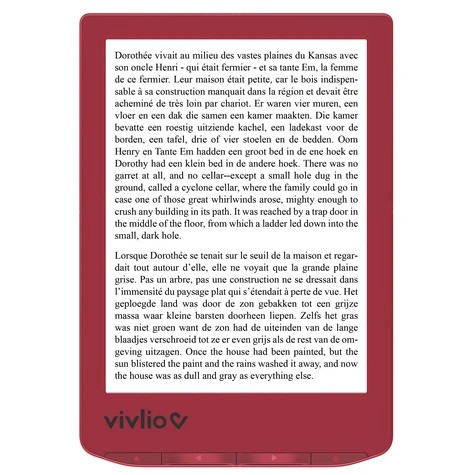En cours de chargement...
Atom And Archetype. The Pauli/Jung Letters, 1932-1958
Résumé
In 1932, Wolfgang Pauli was a world-renowned physicist and had already done the work that would win him the 1945 Nobel Prize. He was also in pain. His mother had poisoned herself after his father's involvement in an affair. Emerging from a brief marriage with a cabaret performer, Pauli drank heavily, quarreled frequently and sometimes publicly, and was disturbed by powerful dreams. He turned for help to C. G. Jung, setting a standing appointment for Mondays at noon. Thus bloomed an extraordinary intellectual conjunction not just between a physicist and a psychologist but between physics and psychology. Eighty letters, written over twenty-six years, record that friendship. This artful translation presents them in English for the first time.
Though Jung never analyzed Pauli formally, he interpreted more than 400 of his dreams - work that bore fruit later in Psychology and Alchemy and The Analysis of Dreams. As their acquaintance developed, Jung and Pauli exchanged views on the content of their work - and the ideas of the day. They discussed the nature of dreams and their relation to reality, finding surprising common ground between depth psychology and quantum physics. Their collaboration resulted in the combined publication of Jung's treatise on synchronicity and Pauli's essay on archetypal ideas influencing Kepler's writings in The Interpretation of Nature and the Psyche. Over time, their correspondence shaped and reshaped their understanding of the principle they called synchronicity, a term Jung had suggested earlier. Through the association of these two pioneering thinkers, developments in physics profoundly influenced the evolution of Jungian psychology. And many of Jung's abiding themes shaped how Pauli - and, through him, other physicists-understood the physical world. Of clear appeal to historians of science and anyone investigating the life and work of Pauli or Jung, this portrait of an incredible friendship will also draw readers interested in human creativity as well as those who merely like to be present when great minds meet.
Caractéristiques
-
Date de parution25/06/2001
-
Editeur
-
ISBN0-691-01207-5
-
EAN9780691012070
-
PrésentationRelié
-
Nb. de pages250 pages
-
Poids0.62 Kg
-
Dimensions16,5 cm × 24,0 cm × 2,6 cm
Avis libraires et clients
Avis audio
Écoutez ce qu'en disent nos libraires !





